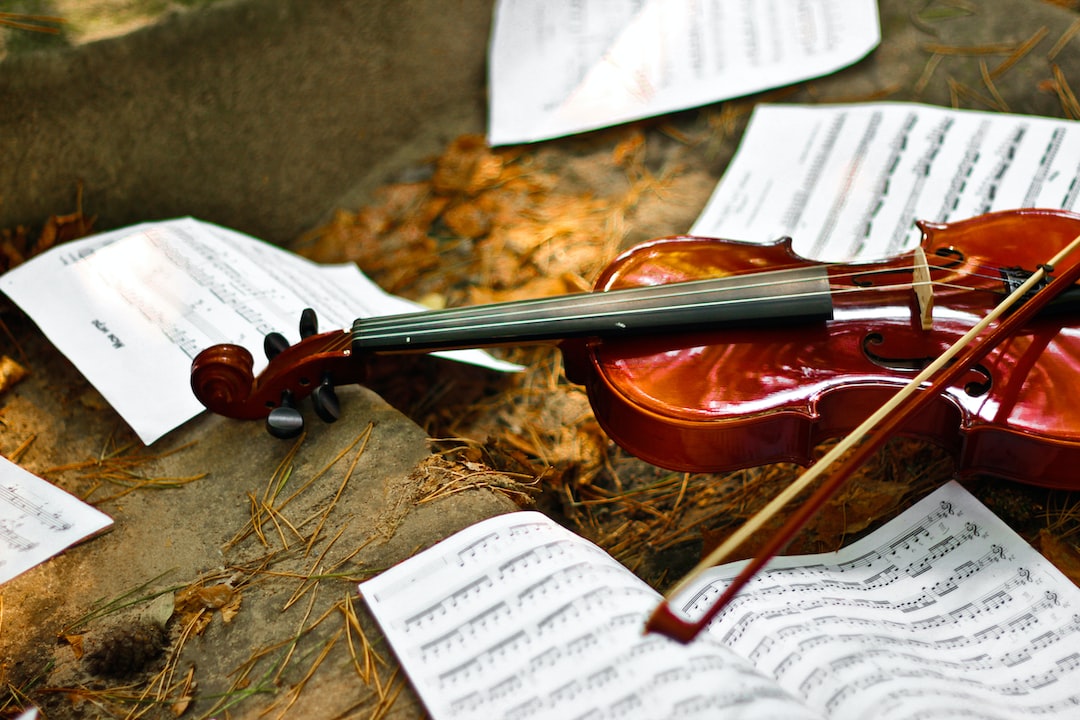Introduction
The Stuart era in England, from 1603 to 1714, was a time of great innovation and progress. However, for the many people who lived and worked during this time, life could be incredibly difficult, and some professions were much worse than others. One of the worst jobs of the Stuart era was violin making, which was considered a dirty and unpleasant occupation. For those who persevered, the rewards were great, but the path to success was paved with hardship and sacrifice.
Violin Making in Stuart Era: An Overview
The art of violin making has a rich and fascinating history, with roots that can be traced back to the Renaissance era. During the Stuart period in England, from 1603 to 1714, the craft of violin making reached new heights of popularity, with instruments made during this time now considered some of the finest ever produced. However, as with many skilled trades, the job of a violin maker was not an easy one. The materials and tools available were primitive by modern standards, and the work itself required intense concentration and attention to detail. Despite these challenges, the legacy of Stuart-era violin makers endures to this day, with their instruments prized by musicians and collectors alike.
Violin making was an arduous profession during the Stuart era due to various factors, including the requirement for a great deal of skill and patience. However, the scarcity of materials and the unpleasant process of gathering them added to the difficulty and made it a challenging and demanding job. In order to create the delicate strings that give the violin its distinctive sound, string-makers had to rummage for their raw materials in the guts of dead sheep. This process was time-consuming and unpleasant, and the resulting strings were often uneven and unreliable. Additionally, the wood used to make the body of the violin had to be carefully selected and treated, a process that required skill and experience. The combination of these factors made violin making one of the most challenging and demanding jobs of the time.
The Struggle of Violin Making in Stuart Era
One of the reasons why violin making was such a difficult job was because it required a great deal of skill and patience. Violins are made up of a complex set of parts, including the body, neck, and strings, and each of these parts must be crafted with precision and care. However, this was only part of the challenge. Violin makers also had to source their materials from a variety of different suppliers, including woodworkers and string-makers. In addition to the physical strain, violin makers faced intense competition and often struggled to find steady work.
The Role of Sheep Guts in Violin Making
The craft of violin making in the Stuart era required intense skill and dedication, as well as an exceptional ear for music. However, one of the biggest challenges for string-makers during the Stuart era was sourcing their raw materials. In order to make high-quality strings, they needed strong, durable fibers that could withstand the tension of the violin strings. To find these fibers, they often had to rummage for them in the guts of dead sheep. This was a disgusting and unsanitary process that required a great deal of skill and patience.
Crafting the Perfect Violin in Stuart Era
Crafting a violin required many intricate steps, each of which demanded precision and attention to detail. The process began with selecting the right type of wood, typically maple for the back and sides and spruce for the top. The wood was then carved and shaped into the desired form. The sound holes, also known as F-holes, were carefully cut into the top. The neck and fingerboard were attached, and the bridge was fashioned from a piece of aged maple.
Next came the varnishing process, which required a great deal of skill and knowledge. The varnish had to be applied in thin layers to allow the wood to vibrate properly and produce the desired tone. The finishing touches included fitting the pegs and tailpiece, as well as attaching the strings. Despite the tedious and time-consuming process, the finished product was a thing of beauty and a masterpiece of craftsmanship.
The Legacy of Stuart-Era Violin Makers
Despite these challenges, violin making continued to be an important profession during the Stuart era. Violins were used in a wide variety of settings, from church music to courtly entertainment, and they were considered an essential part of the cultural life of the time. However, for those who worked in this profession, it was a difficult and often thankless job. Despite the prestige of the instrument and the admiration it garnered, the job itself was often grueling and low-paying, with long hours spent in a cramped workshop under dim candlelight.
Conclusion
Violin making was one of the worst jobs of the Stuart era due to the difficult and often unpleasant nature of the work. However, despite these challenges, violin makers were able to create some of the most beautiful and enduring instruments in the world, thanks to their skill and dedication. Today, the violin remains one of the most beloved and widely used instruments in the world, and it continues to inspire musicians and music lovers around the globe.


